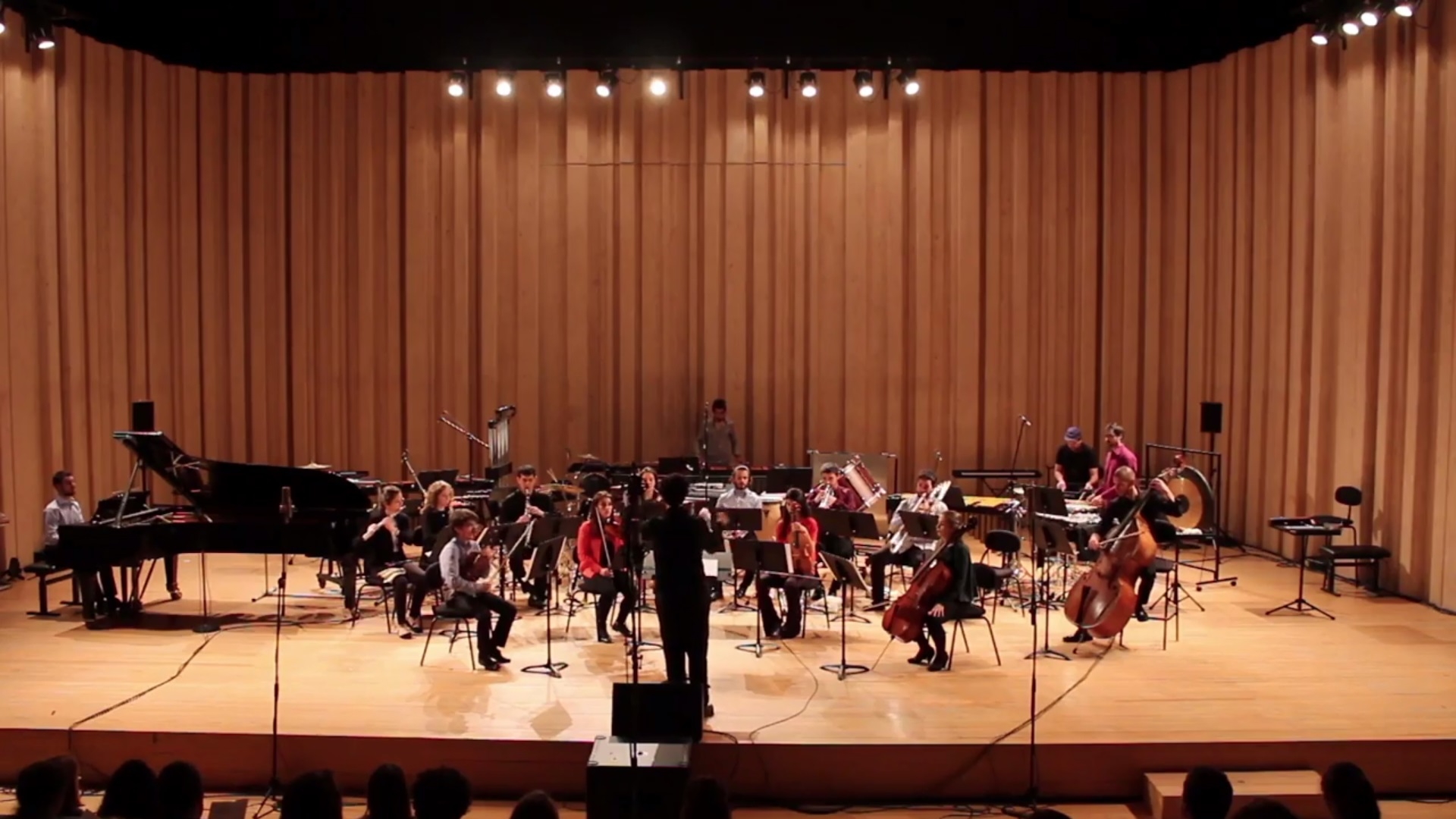- Título da obra: Бориска Колоколa (Boriska Bells)
- Compositor(a): Cláudio de Pina
- Ano de Composição: 2019
- Instituição/Pólo: CESEM
- Categoria: Electroacústica/Acusmática
- Duração Total: 8'50''
- Duração: 5 -10 min
Cláudio de Pina | CESEM
Бориска Колоколa (Boriska Bells) is a hommage to the russian director Andrei Tarkovsky (1932-1986). Boriska is a fictional character from the soviet biographical historical drama Andrei Rublev (1966), a young boy that starts the endeavor of building a bell. The film is loosely based on the life of Andrei Rublev, a 15th century russian Icon painter. The plot turns around for the main character when he witnesses the casting of a bell for the Grand Prince. Boriska is the son of a bellmaker that all is family died from the plague. While in death bed, his father partake the secret of casting a bronze bell. The film is deeply philosophical and moving, dealing with aspects about sin; hunger, sickness besides portraying the harsh Russian life at the time. The epilogue of the film is the only part that is shown in colour, of Icons from Andrei Rublev, cross fading in the end to four horses standing by a river in the rain. This piece is completely synchronized with this epilogue, and was a point of view, regarding composition.








